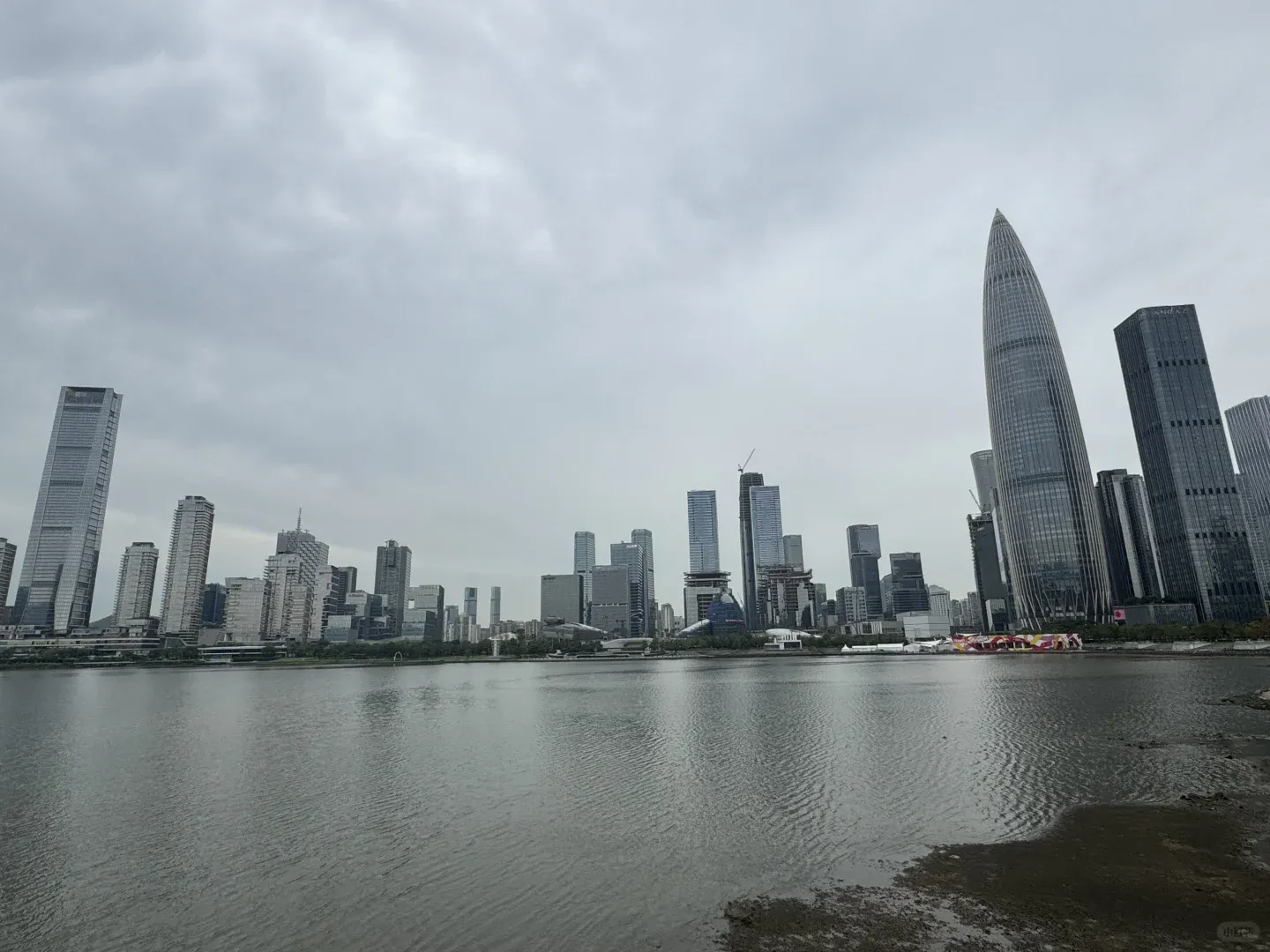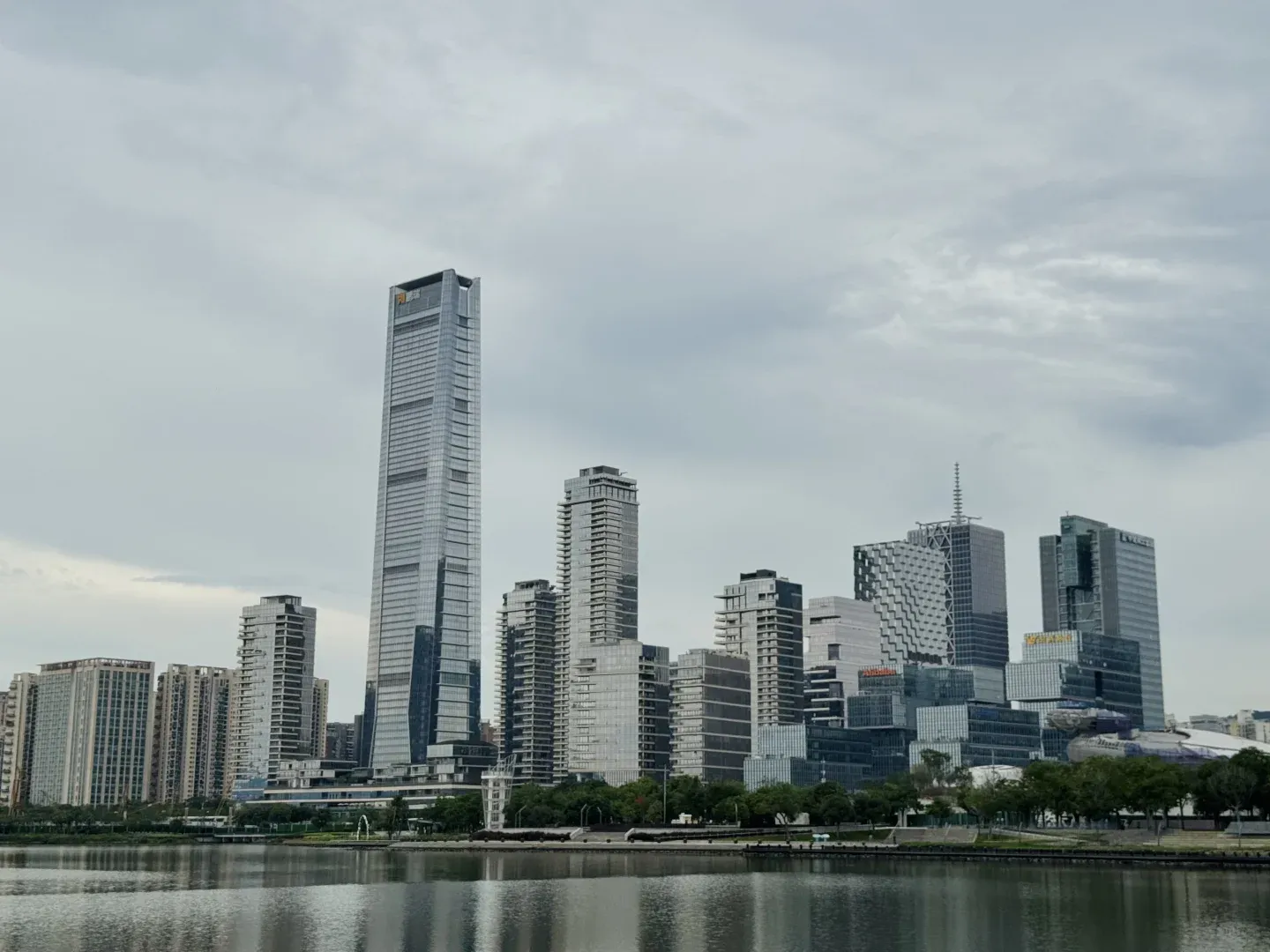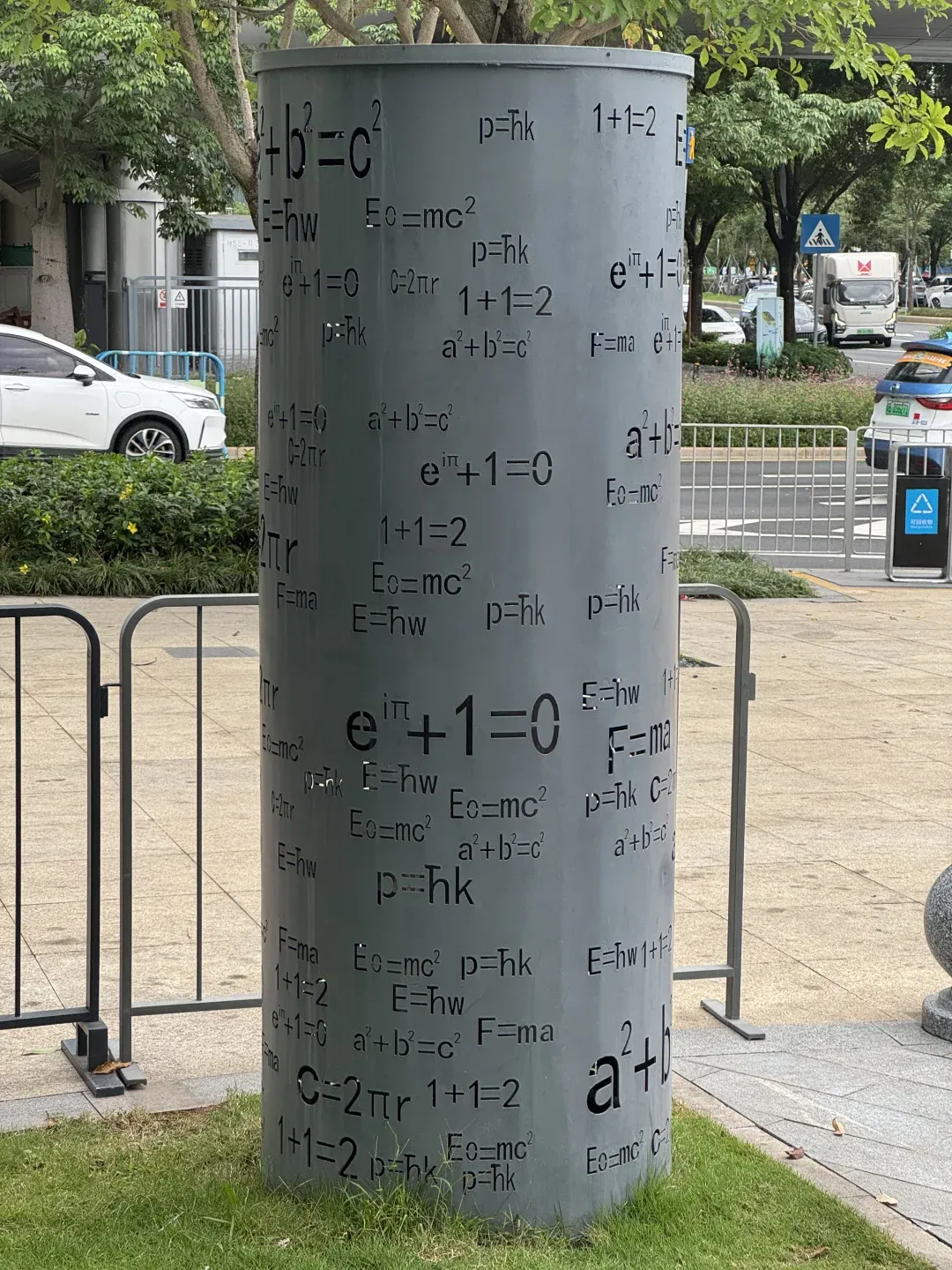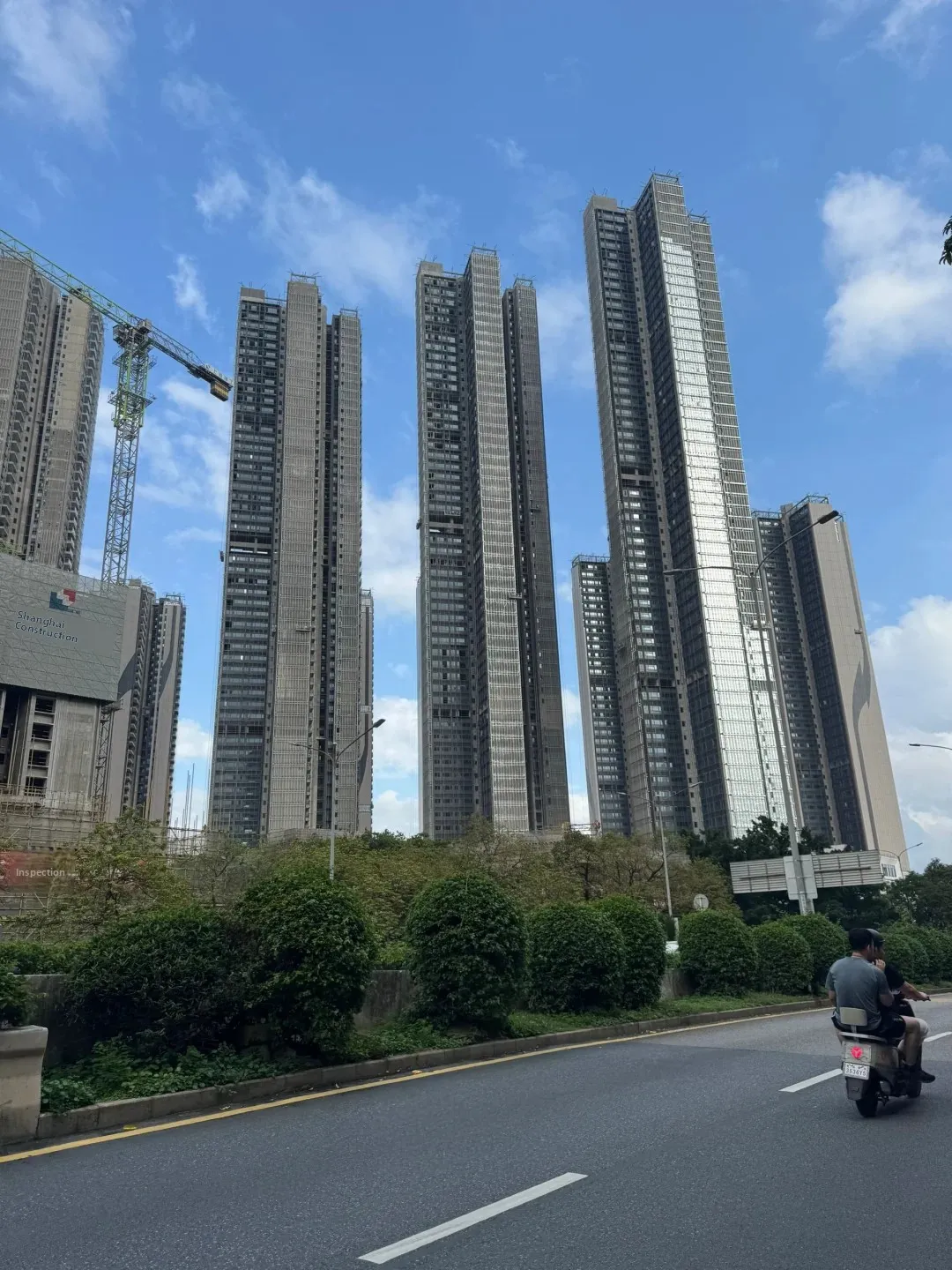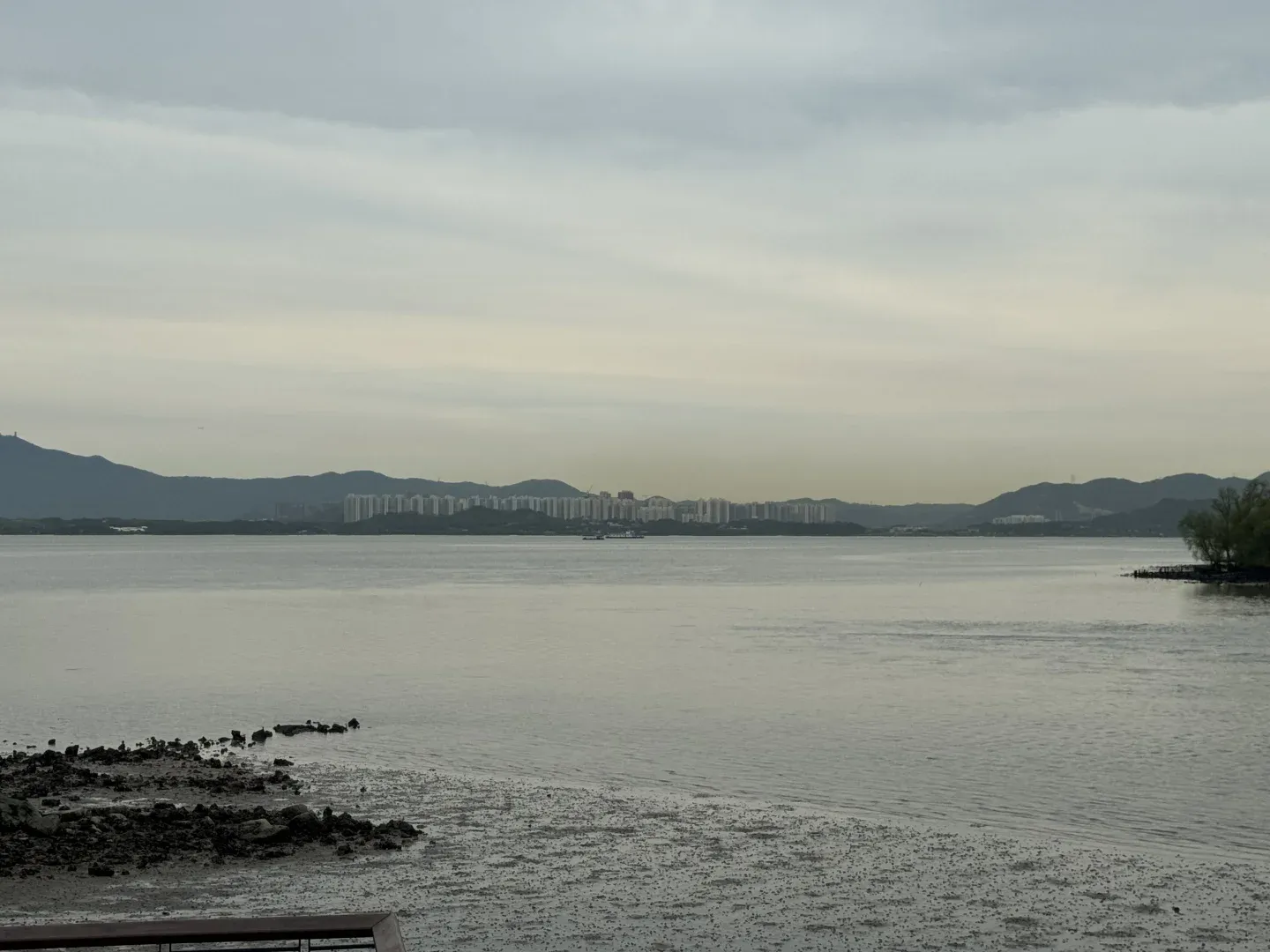Shenzhen: WTF is with the Split Personality?!
-
Exactly. There are always people at the grassroots level working incredibly hard to make a living, and it's not easy. What are some folks online even complaining about? (Not you, author, of course!)
-
Am I the only one who thinks it's quite neat and clean? You should see the urban villages in Guangzhou.
-
I've been a few times. You have to go to the very end of the alley just to get a clear view of the sky. In many spots, looking up, there's only a tiny slit, maybe ten centimeters wide.
-
I don't see much of a 'disconnect.' Is that Chiwei Village you photographed? The shorter buildings are original village houses. The villagers have lived there for generations; it's their land and property. These places also offer affordable housing for newcomers working to build their lives in Shenzhen. The taller buildings are resettlement housing or commercial apartments, home to early Shenzhen developers and those who later earned enough to buy a permanent home here. Commercial areas and office buildings are where people work – every city has its CBD, right? From your post, it seems you're a tourist. Perhaps you're not too familiar with the city's context. Anyway, I hope you enjoy your visit.
-
Wow! Yes, I live in an urban village, and I'm proud of it! Wonder if I'll get flamed online for saying this.
-
Back in 2010 in Xixiang, I saw places like this. You could practically reach out your window and pass a spatula to your neighbor.
-
That looks just like Longhua. Houses in other suburban areas aren't usually that densely packed.
-
Nanshan is even more packed.
-
It's so oppressive, it feels like you even have to pay for sunlight.
-
Actually, almost every big city has areas like this. These 'urban villages' are the starting point for many people's journeys and a relic of the city's older development phases, while the skyscrapers stand as a testament to Shenzhen's economic boom.

